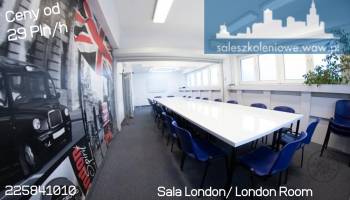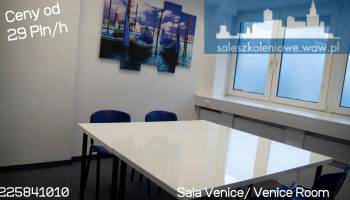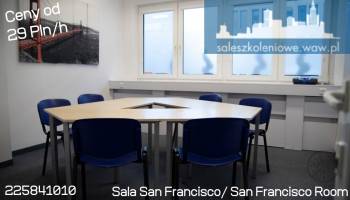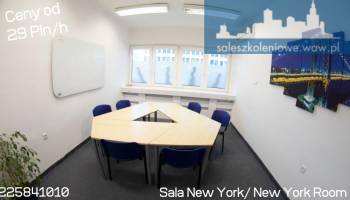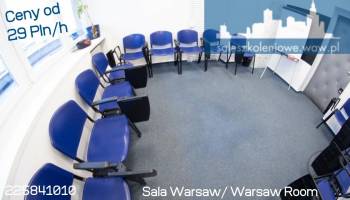Our Rooms
Our Rooms
Our rooms are available 7 days a week from 6 am to 10 pm.
We are located next to tram stops (Hoża 04) for trams 4,15,18,35, and 36 and bus (Hoża 02) 131.
The rooms are equipped with Wi-Fi, dry erase boards with markers, air-conditioning, blinds (room darkening systems available for selected rooms).
We help with catering and have a kitchen available for guests.
meters from City Center
steps to the City Court
minutes walking to Central Railway Station
Ludwik washing liquid, cool guitars, the longest public logo in the city center, Hungarians, socialist realism, railways all form a part the recent history of Wspólna Street between building numbers 23-41, 30, and 32/46.
Wspólna Street is one of the most interesting “Śródmiescie” (city center) streets starting 150 meters before Krucza Street and running west towards Tytus Chałubiński Street. Once upon a time it was a road among arable fields running through the Kałęczyn fields between the Morgen of Burghardt to the South (“morgen” referring to the unit of measurement of the amount of land tillable in the morning hours of a day) and the so-called Włóką Szeroka (or Wide Line, a “włók” being another unit of measurement of tillable land) on the North side. It was a common path in between both of these areas. The owners of Włoża Szeroka were missionaries who after 1678 founded a farm here and built a brickyard on the same land. Wspólna Street was officially named in 1770 thanks to the work of Maciej Deutsch, who was a geological surveyor. The width of the street was 24 cubits (over 14 meters).
Number 30 is the monumental socialist realist building of the Ministry of Agriculture built in the early 1950s. Colonnades set against the sky and the garden, which was supposed to be a cultivated field rich with exemplary vegetable crops, are some of the absurdities which make up the history of this building.
Number 32/46 is a now a huge edifice part of the District Court, but not everyone knows that it was in this very building were the Polish Scouts (“Harcerstwo”) operated during the period of the PRL (Polish People’s Republic). In the famous storefront window of the iconic “Harcerz”, or scout, shop, you could see a huge railway model. Crowds of people from all over Poland spent time in this haven during the PRL.
Number 25 is the headquarters of Inco Veritas. It was here that in 1964, the Ludwik dishwashing liquid formula was developed. This brave Polish company also produces Azofoska fertilizer, Buwi shoe polishes, Florit and many other products.
Number 35 is one of the few buildings that survived the war. It was designed by the famous architect Franciszk Lilpop and constructed between 1910-1920. It was here that for several years it seated the party of the Kaczyński brothers’, Centre Agreement.
Number 41 has one of the longest signboards in Warsaw (10 floors) and certainly the longest one on Wspólna Street. The signboard belongs to the Lingua Nova Language School & Translation Agency.
One of the coolest guitar stores belonging to Zbigniew Hołdys was also located here for many years. Unfortunately, the store closed with “This is the end” banners all over the front in 2008. Today, the building houses the BOŚ Brokerage House
Wspólna 41 is also the place where the Hungarian Institute for Culture in Warsaw operated for 4 decades (1972-2009).
